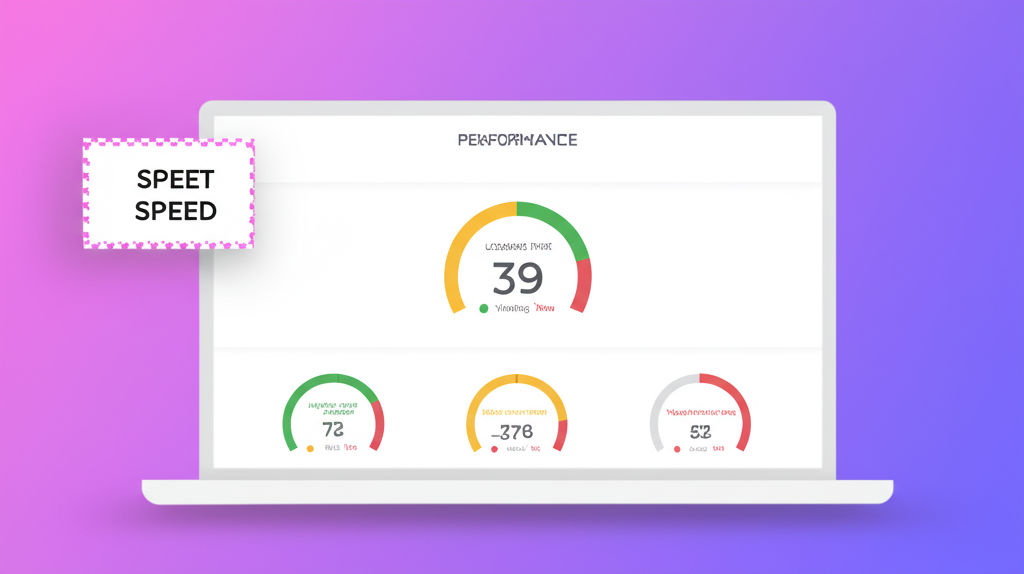
In the fast-paced digital world, website speed has become a critical factor for success. Google's Core Web Vitals now directly impact your search rankings, making site performance more important than ever.
The Impact of Slow Websites
Research shows that 53% of mobile users abandon sites that take longer than 3 seconds to load. Every second counts when it comes to keeping visitors engaged and converting them into customers.
Core Web Vitals Explained
Google's Core Web Vitals measure three key aspects of user experience: loading performance, interactivity, and visual stability. These metrics are now ranking factors in Google's search algorithm.
How to Improve Your Website Speed
Here are some effective strategies to boost your website performance:
- Optimize and compress images
- Implement browser caching
- Minify CSS, JavaScript, and HTML
- Use a Content Delivery Network (CDN)
- Reduce server response time
- Eliminate render-blocking resources
Measuring Your Website Speed
Use tools like Google PageSpeed Insights, GTmetrix, or WebPageTest to analyze your current performance and identify areas for improvement.
The Business Case for Speed Optimization
Investing in website speed optimization isn't just about SEO—it directly impacts your bottom line. Faster sites have higher conversion rates, lower bounce rates, and better user engagement.
About the Author

Alexander Fountain
Founder & Lead Designer
Alexander has over a decade of experience in web design and conversion optimization, helping businesses transform their online presence into powerful sales tools.
Related Articles
Ready to improve your website?
Get a free website audit and discover how to turn your website into a sales-generating machine.
Get Your Free Site Audit

